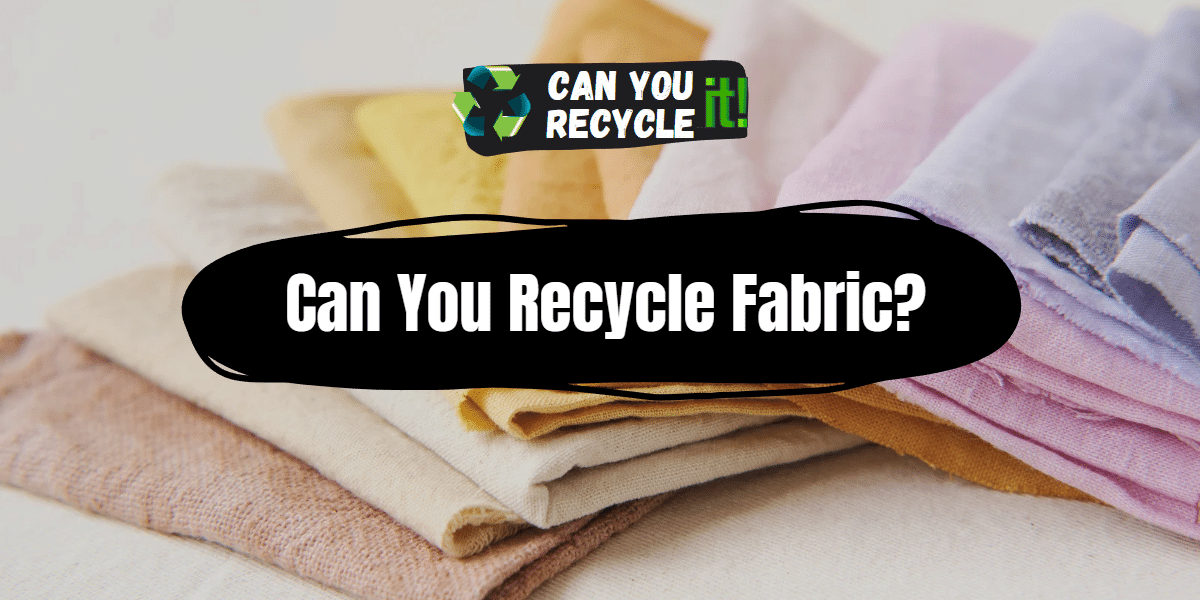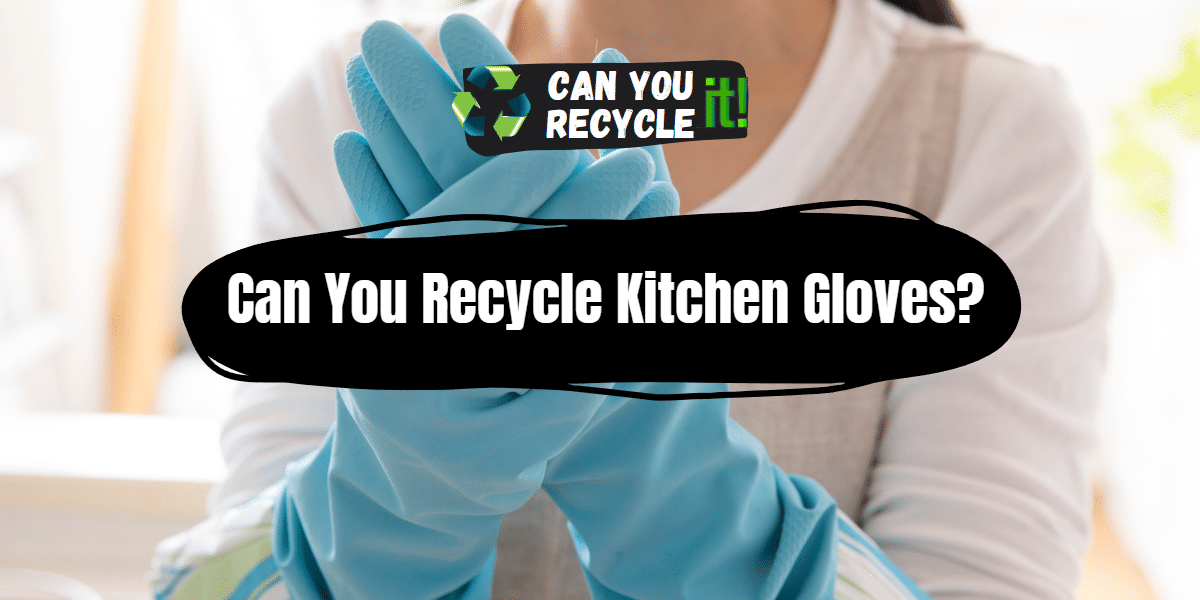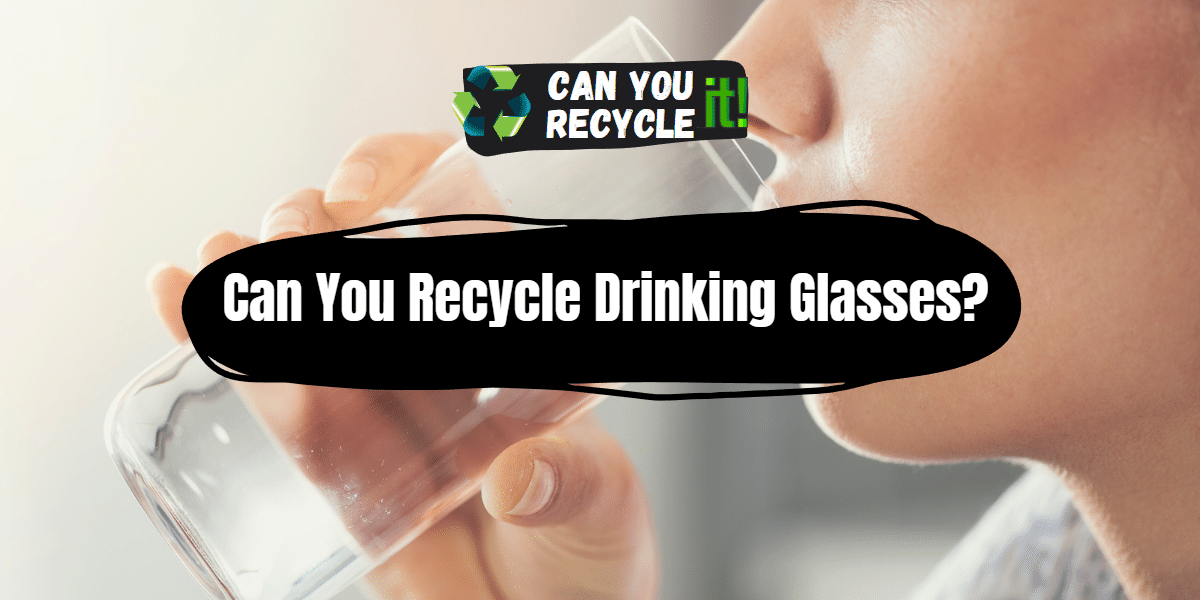Yes, you can recycle fabric. Fabric recycling is the process of converting used or unwanted fabric into new materials or products. This can be done through a variety of methods.
Fabric plays a vital role in our daily lives, and when it comes to its disposal, there is a world of possibilities. The recyclability of fabric is not a straightforward answer, as it varies based on fabric type and recycling methods. Let’s explore the exciting potential for recycling fabric and uncover the sustainable options available.
In this article, we will explore the dos and don’ts of recycling fabric, provide a step-by-step guide to recycling fabric, discuss alternative options for fabrics that cannot be recycled, examine the environmental impact of fabric recycling, address frequently asked questions, and conclude with final thoughts on this topic. So, let’s dive in!
Table of Contents
Do’s and Don’ts
It’s essential to keep a few dos and don’ts in mind when it comes to recycling fabric. Here are some guidelines to follow:
Dos
- Do check local recycling guidelines: Start by checking the recycling guidelines in your area. Some municipalities offer fabric recycling programs, while others do not. Research your local options to determine if fabric recycling is available.
- Donate usable fabric: If it is in good condition, consider donating it instead of recycling it. Many charities, schools, and community organizations accept fabric donations for various projects. It’s a great way to extend the life of the fabric and benefit others.
- Do repurpose or upcycle: Get creative with your fabric! Consider repurposing it into new items such as tote bags, pillowcases, or quilts. Upcycling allows you to give the fabric a new life without relying on recycling facilities.
Don’ts
- Don’t contaminate fabric: Avoid mixing contaminated or soiled fabric with clean fabric. Contamination can complicate the recycling process or render the fabric unrecyclable—separate and properly clean fabrics before recycling.
- Please don’t assume all fabrics are recyclable: Not all fabrics can be recycled due to their composition or the availability of recycling facilities. Some synthetic fabrics, blends, or heavily treated fabrics may not be suitable for recycling. Check with local recycling centers or textile recycling companies to learn more about acceptable fabrics.
5-Step Guide to Recycle Fabric
Recycling fabric can be a rewarding process if you follow these five steps:
Step 1
Assess fabric condition: Examine the fabric to determine its condition. If it’s still usable, consider donating or repurposing it instead of recycling it. Only proceed to recycle if the fabric is damaged, worn out, or unsuitable for reuse.
Step 2
Check local recycling options: Research local recycling facilities that accept fabric. Some communities have textile recycling programs or drop-off locations designed explicitly for fabric recycling. Contact your local recycling center or check their website for information on accepted materials and drop-off procedures.
Step 3
Prepare fabric for recycling: It’s essential to prepare the fabric properly before recycling. Remove any buttons, zippers, or other non-fabric components. Cut the fabric into manageable pieces or strips if required by the recycling facility.
Step 4
Choose the correct recycling method: Fabric recycling involves different processes, including mechanical and chemical recycling. Mechanical recycling involves breaking down the fabric into fibers, which can then be used to create new textile products. Chemical recycling uses solvents or other methods to break down the fabric and extract valuable components. Ensure you select the appropriate recycling method based on your area’s fabric type and recycling capabilities.
Step 5
Recycle or repurpose: Take the prepared fabric to the designated recycling facility or follow the instructions provided by your local recycling program. If fabric recycling is unavailable, explore alternative ways to repurpose the fabric or donate it to organizations that accept fabric scraps for craft projects.
What to Do with Fabric That Cannot Be Recycled
While many fabrics can be recycled, some may not have recycling options available due to their composition or condition. In such cases, here are a few alternative options for fabric that cannot be recycled:
- Donate for upcycling: If the fabric is still in good condition, consider donating it to local artisans, schools, or organizations specializing in upcycling textiles. They may be able to repurpose the fabric creatively and give it a new life.
- Repurpose at home: Get crafty and find ways to repurpose the fabric at home. It can be used for DIY projects like rag rugs, fabric-covered storage boxes, or patchwork quilts. Let your imagination run wild and transform the fabric into something unique and valuable.
- Compost natural fabrics: If the fabric is made of natural fibers like cotton, linen, or silk, it can be composted. Cut it into small pieces and add it to your compost pile, where it will break down naturally over time.
- Find textile recycling programs: Research specialized textile recycling programs in your area that accept fabrics that regular recycling centers may not. These programs often focus on recycling a wide range of textiles, including those that are difficult to recycle through traditional methods.
Environmental Impact of Recycling Fabric
Recycling plastic mailing bags offers several environmental benefits. By diverting these bags from landfills, we can:
- Recycling fabric reduces the demand for virgin materials, saving energy and decreasing greenhouse gas emissions.
- Fabric recycling helps divert textiles from landfills, reducing waste accumulation.
- Fabric recycling contributes to the conservation of water resources, minimizing the need for water-intensive textile production processes.
- Supporting sustainable fashion practices, such as buying clothes made from recycled fabrics or opting for second-hand garments, complements fabric recycling efforts.
- Embracing fabric recycling and sustainable fashion promotes a circular economy, benefiting the environment in the long run.
FAQs for Can You Recycle Fabric
Can I recycle all types of fabric?
Not all types of fabric can be recycled. Some fabrics, such as blends or heavily treated textiles, may not have recycling options available. Research local recycling programs or contact recycling centers to determine the accepted fabrics.
Can I recycle stained or damaged fabric?
Stained or damaged fabric may be accepted for recycling, depending on the recycling capabilities in your area. However, it’s best to separate stained or damaged fabric from clean fabric to prevent contamination. Check with your local recycling center for specific guidelines.
Are synthetic fabrics recyclable?
Some synthetic fabrics can be recycled, but the availability of recycling options may vary—research local recycling facilities or textile recycling companies specializing in processing synthetic fibers for more information.
Conclusion and final thoughts 💭
Recycling fabric is essential to reducing waste and promoting sustainability in the textile industry. By following the dos and don’ts, considering alternative options, and being mindful of the environmental impact, we can contribute to a more circular economy. Remember, recycling fabric is just one part of a broader effort to make conscious choices in our consumption habits. Let’s embrace eco-friendly practices, extend the life of fabrics through reuse and repurposing, and support initiatives that promote a greener future.





Leave a Reply